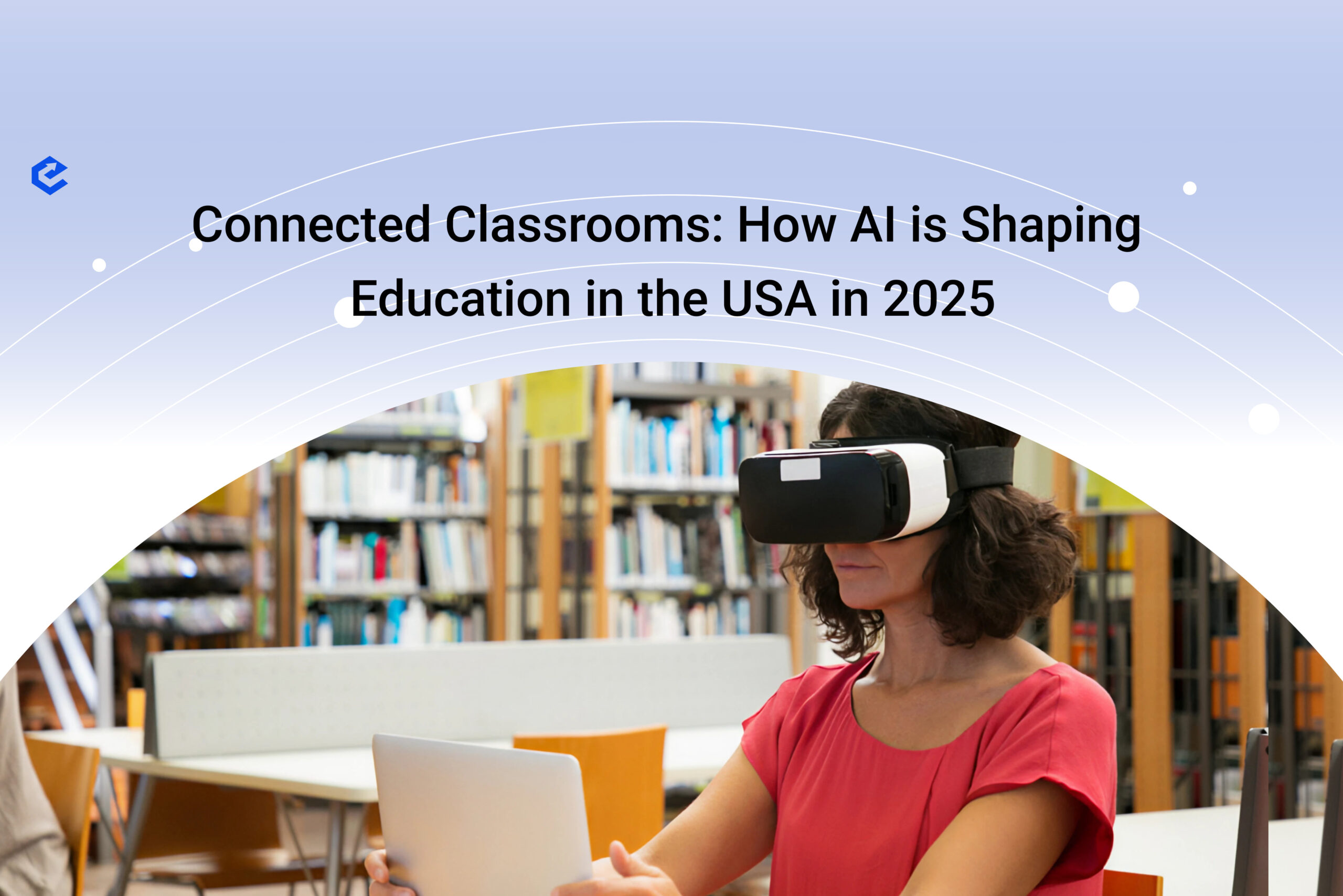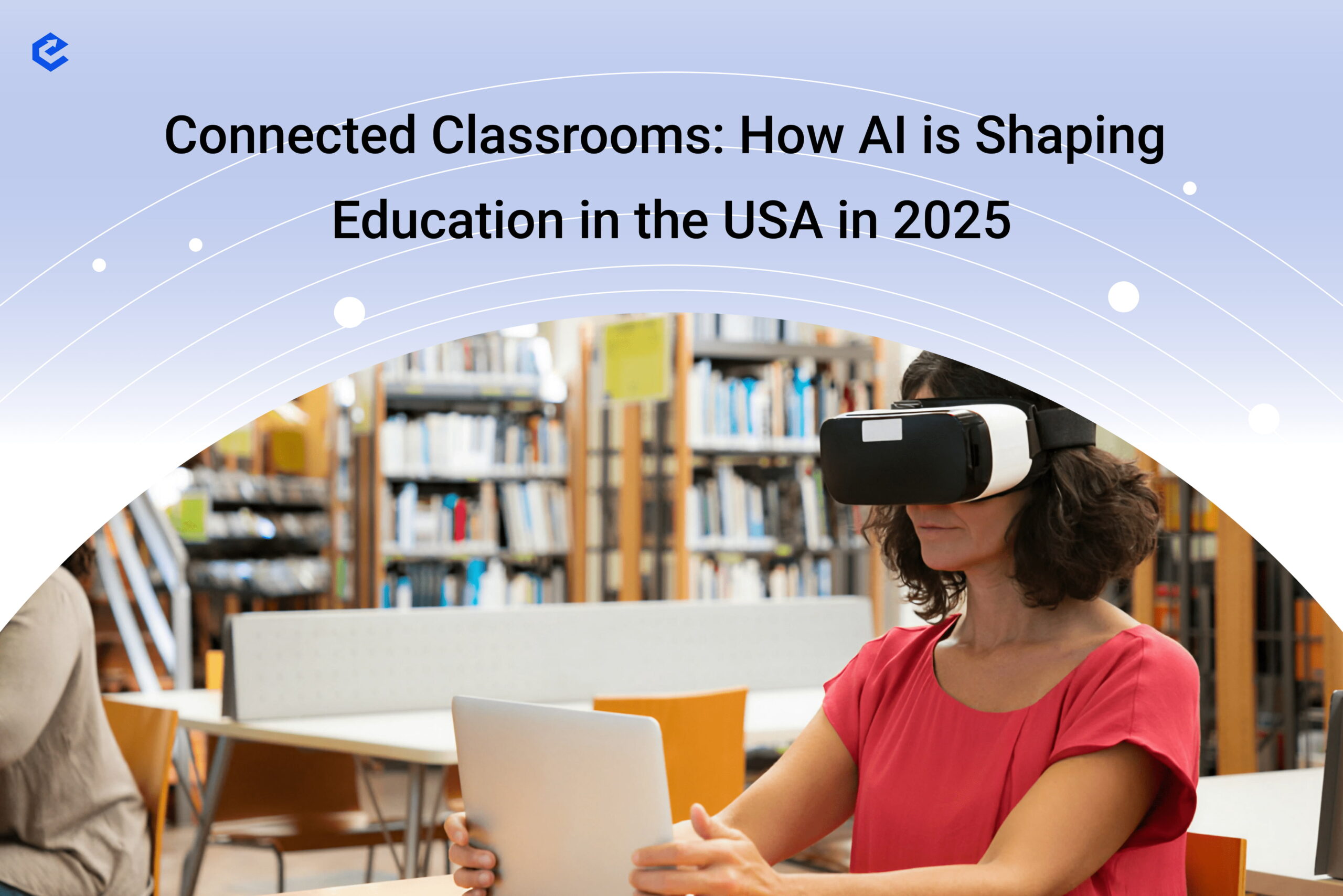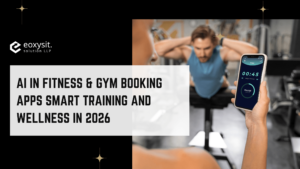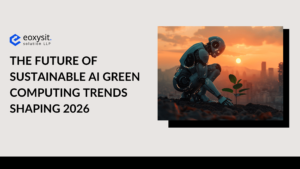Connected Classrooms: How AI is Shaping Education in the USA in 2025
Teaching and Learning, Reimagined
The American classroom of 2025 looks radically different from previous decades thanks to artificial intelligence. AI isnʼt simply a tool—itʼs a partner in learning, helping teachers personalize lessons, supporting students with diverse needs, and automating routine administrative tasks. Across K12 schools, colleges, and online academies, AI is bridging gaps in access, enriching curriculum, and fostering lifelong learning.
Personalized Learning Journeys for Every Student
AI-driven adaptive learning platforms analyze each studentʼs strengths, weaknesses, interests, and pace, crafting custom lesson plans and homework assignments. In American classrooms, students receive tailored feedback, targeted resources, and recommendations designed precisely for their learning profile—ensuring no one gets left behind. The result? Higher engagement, improved retention, and deeper mastery of key subjects from math to reading and STEM.
Intelligent Tutoring and Real-Time Feedback
Virtual AI tutors support both in-person and remote learners, available round the clock to answer questions, clarify concepts, and provide extra practice. These tools use natural language processing to converse with students, offering explanations and even emotional support. For teachers, AI automatically grades assignments, identifies common misconceptions, and generates actionable insights, letting educators focus on mentorship and higher-order instruction.
Making Learning Inclusive with AI Accessibility
AI-powered tools enhance accessibility for students with disabilities or language barriers. Speech-to-text applications, automatic translation, real-time captioning, and personalized content delivery help all learners participate fully, regardless of reading level or native language. Educational platforms in the USA are increasingly embedding these capabilities as standard features, making inclusive education easier and more impactful.
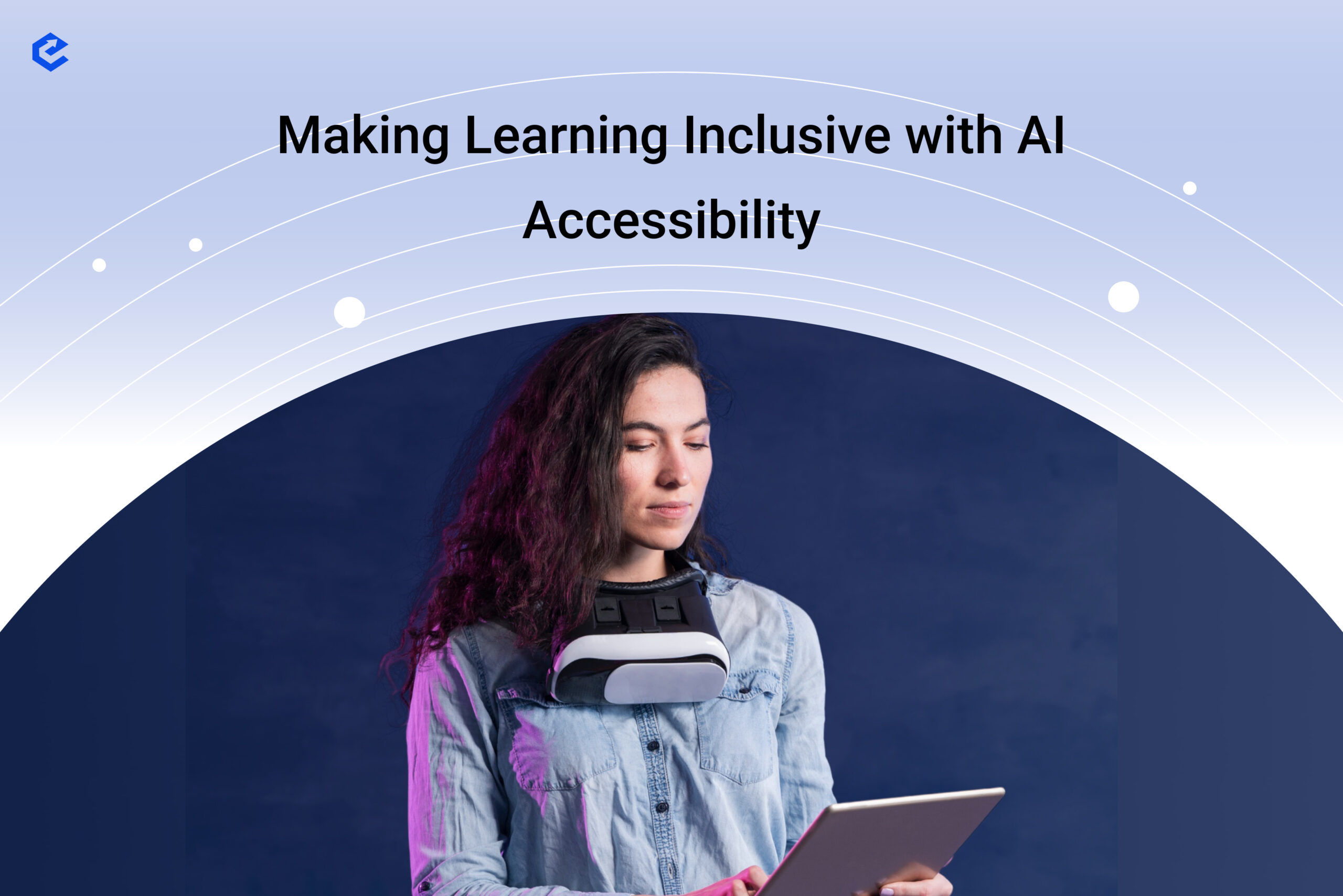
Curriculum Enhancement and Smart Content Creation
AI can analyze curriculum gaps across districts or states, recommend updates, and generate new educational resources—videos, slides, practice quizzes, and simulations—aligned with learning standards. Teachers leverage generative AI to quickly create lessons adapted to current events or specific student interests, keeping education relevant and engaging.
Streamlining Administration and Communication
Beyond academic support, AI lightens the load of school administration. Automation tools manage scheduling, track attendance, flag early signs of academic risk, and enable secure messaging among parents, teachers, and students. Predictive analytics help districts plan for enrollment changes, resource allocation, and intervention strategies—making schools more efficient and student-centered.
Safeguarding Data and Student Privacy
As AI becomes embedded in the classroom, districts across the USA are focusing on student data protection. Systems comply with FERPA and new state privacy laws, using secure cloud platforms, transparent algorithms, and robust consent protocols to safeguard sensitive information.
The Road Ahead: Lifelong Learning and Career Readiness
AI prepares students not just for tests but for life—connecting curricula to future skills and career pathways. Smart guidance systems recommend electives, internships, and extracurriculars to match studentsʼ aspirations and aptitudes. College counseling and job placement increasingly rely on AI-powered matching for opportunities, scholarships, and mentorship.
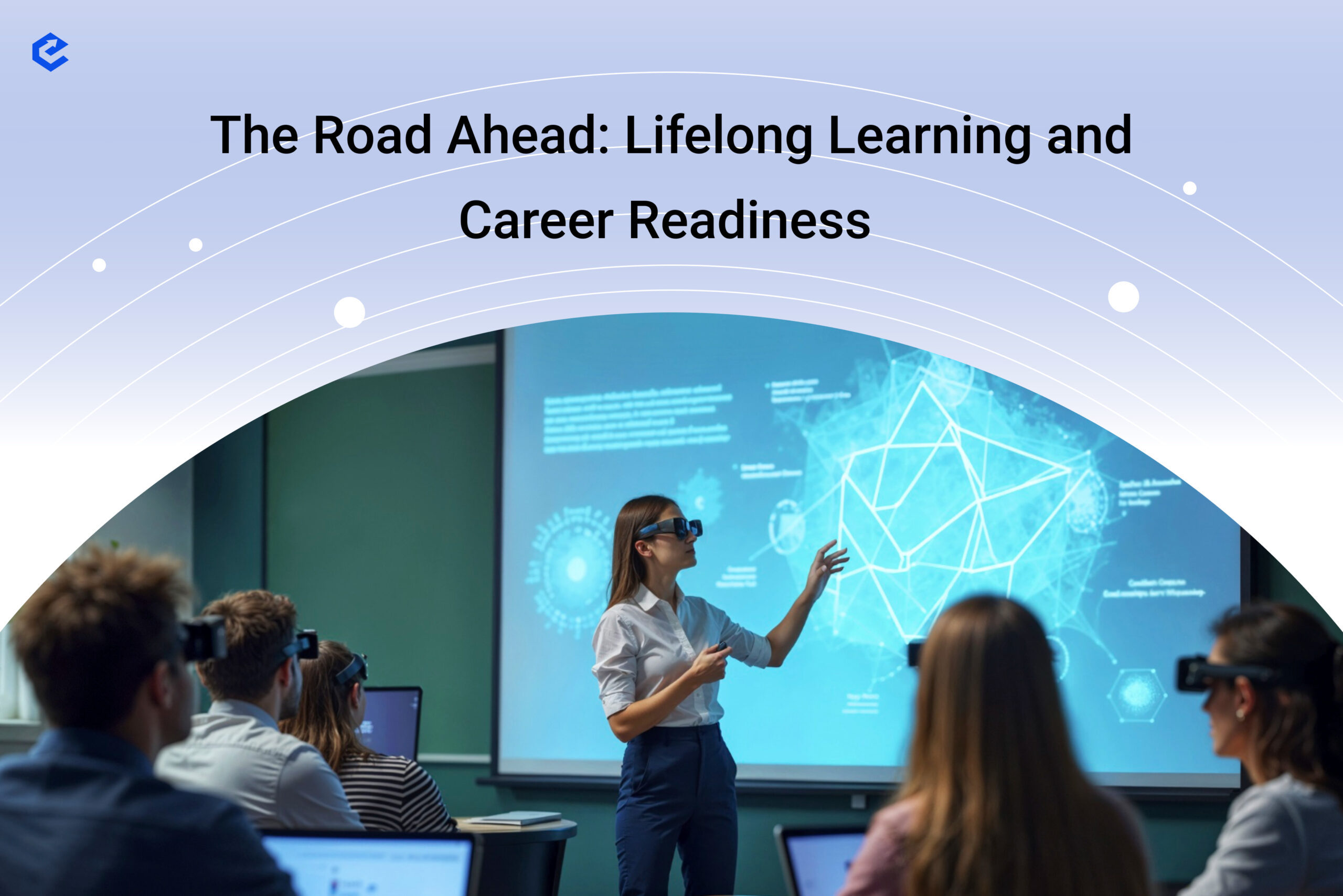
Conclusion: Educationʼs Intelligent Revolution
AI is transforming American education in 2025—making learning more personal, equitable, and dynamic than ever before. The schools and universities that embrace intelligent platforms are preparing students for success in a digital, complex world. As technology continues to evolve, one thing is clear: AIʼs role in shaping minds and opening doors for all learners in the USA is only just beginning.

